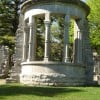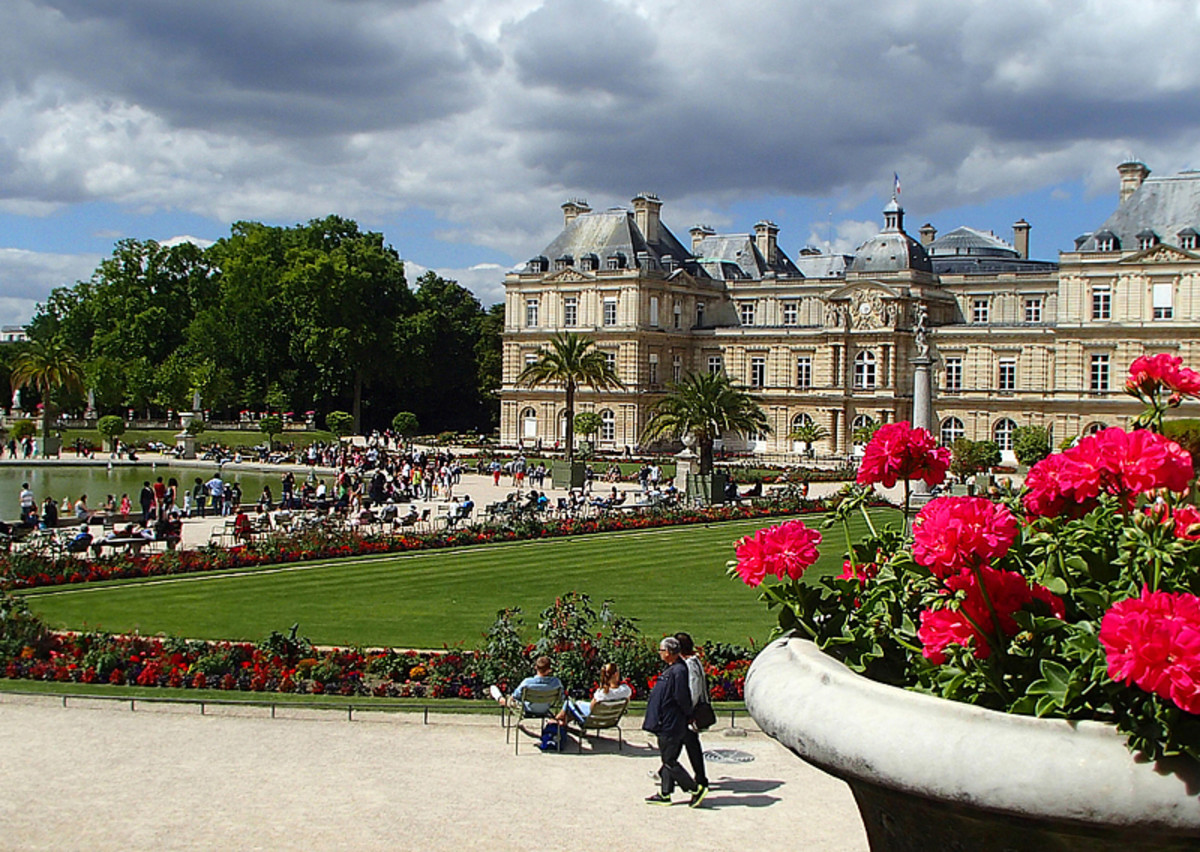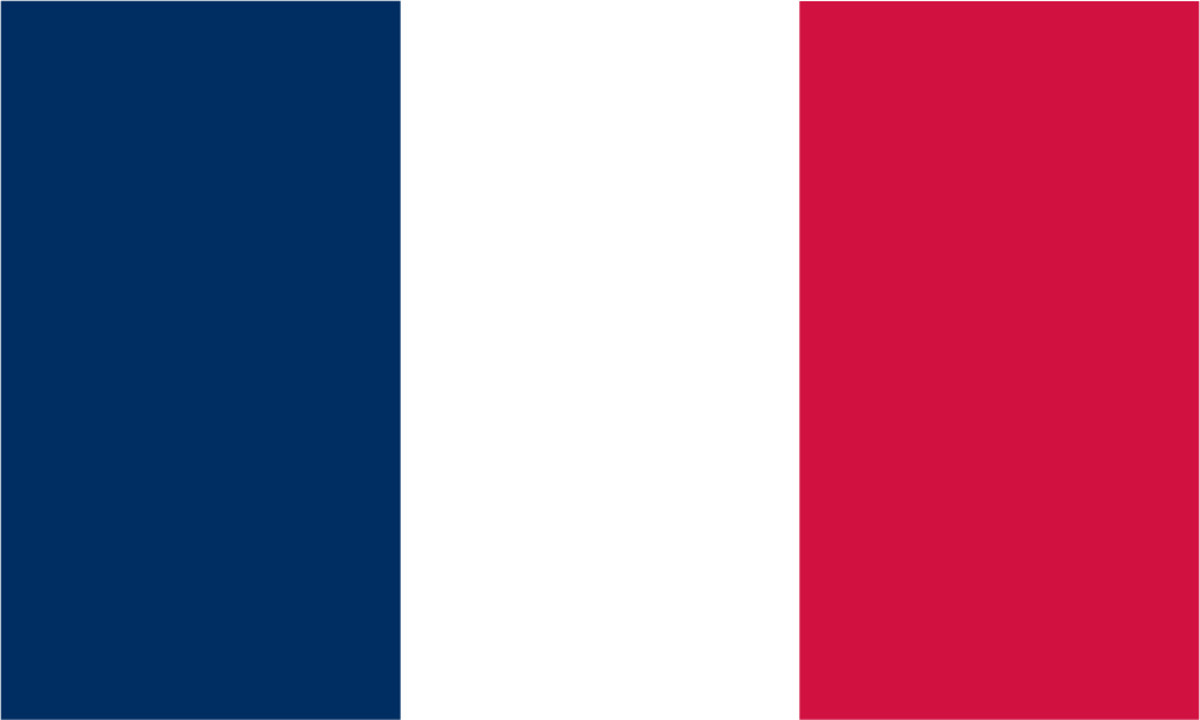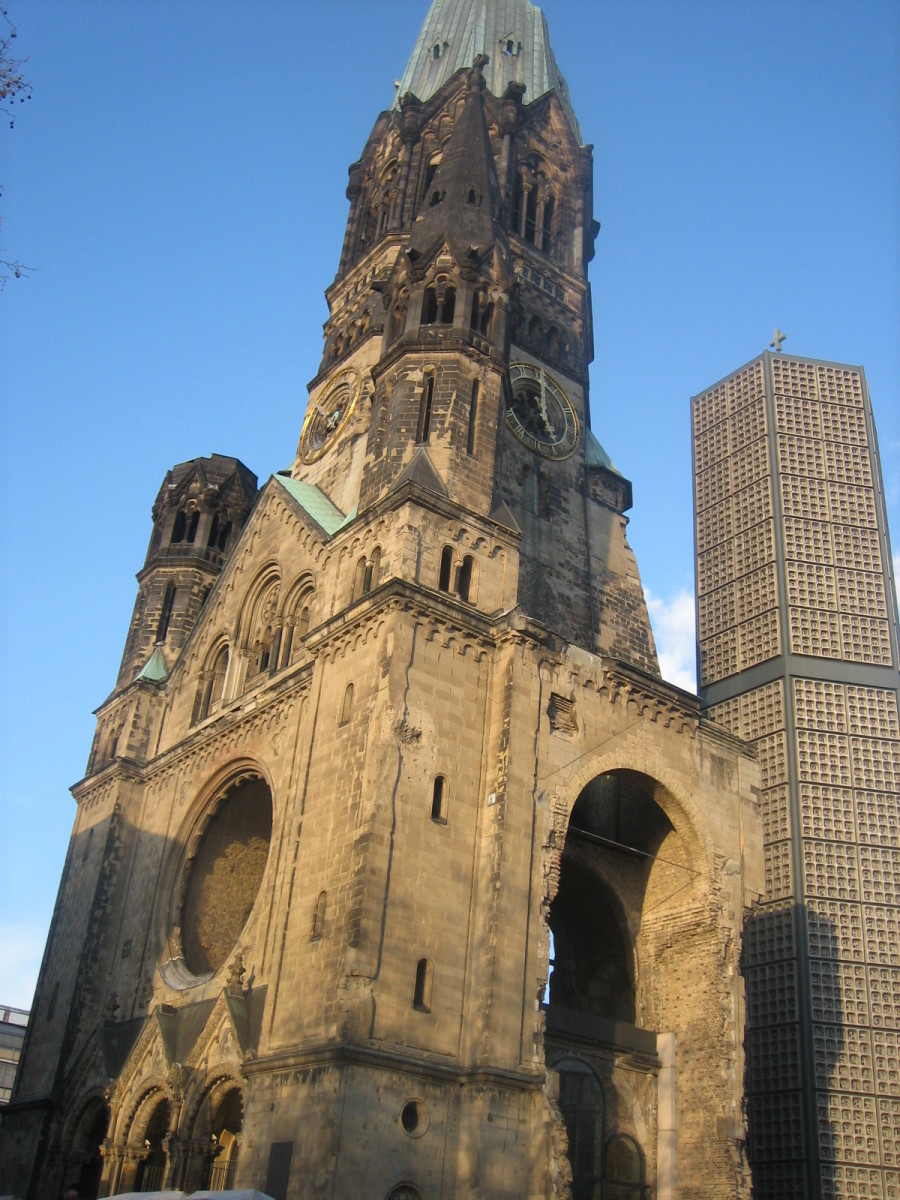Visiting the Basbellain Area: An Explosion of Linguistic and Refracted Historical Perspectives in Northern Luxembourg
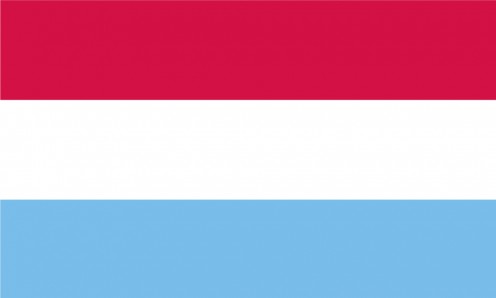
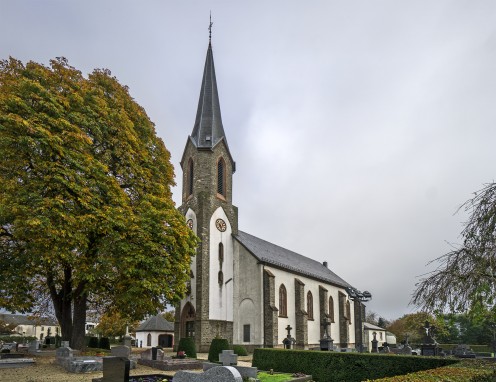
The veneers and underlying influences of centuries?
Enter northern Luxembourg by train from the Liège, Belgium direction and you will very soon come to the village of Basbellain.
Immediately one stumbles upon an amazing variety of linguistic and historical perspectives, refracted starkly over many centuries.
At Hautbellain, or, rather, between the villages of Basbellain and Hautbellain, there is, or was, a railroad station, named simply Bellain. This may all seem logical, thus far. These place-names names, are, of course, all French.
The German names for Basbellain and Hautbellain seem quite logical, also: Niederbesslingen and Oberbesslingen.
Both the French and the German for the two villages are ultimately derived from Villa Belsonancum, which was a Frankish domain of Merovingian King Childebert II, the existence of which is recorded in a document dating from 585AD.
When one comes to the spellings of the two villages in Létzebuergesch — designated the national language of Luxembourg — the Létzebuergesch for Hautbellain: Beesslek, is recognizable as having the same derivation as its French and German versions.
But for the place name for what in French is Basbellain, in Létzebuergesch, the form is: Kierchen (1), i.e., referring to churches.. Looking at the history of the locality, it is highly significant that it is from here — Kierchen, in Létzebuergesh — that the spreading of Christianity in the wider Ardennes area is commonly attributed. The Roman Catholic Church in northern Luxembourg has long been particularly strong, and historical memories here run deep.
The Grand Duchy of Luxembourg being a trilingual country, it's not even a question of asking, Where am I? when one arrives in a particular locality. When it comes to the prism of perception in trilingual Luxembourg, it is the — seemingly — abiding presence of the Roman Catholic Church that sometimes appears to be symbiotically linked with the very identity of Létzebuergesch-speakers, especially in some areas.
In this trilingual European country — so seemingly mysterious to many North Americans — its very geography, and the historical perception of it, may provoke significantly different perspectives according to the language in which the place-name is expressed.
Ambassador Raymond Seitz has pointed out that, in Europe, compared with North America, distances and historical timescales are somewhat kaleidoscopically refracted: what in Europe would be regarded as a long distance might be seen as a relatively short distance in North America; while what might be seen already as a long, historical period by North American standards might be seen as a relatively short period by European reckoning (2).
Moving on from this analogy, in trilingual Luxembourg the prism is extended still further, in that place-names and cultural overtones — which sometimes might vary in triplicate — can refract quite distinct historical, cultural and linguistic associations which are sometimes almost impenetrable even to citizens of other European countries, let alone to North American visitors.
The church building at Basbellain is a striking spired structure; the current building dates from 1870, executed in Gothic; and thus as one would expect there are liberal amounts of pointed arches and flying buttresses. In this style with deep roots in ecclesiastical architecture of the Middle Ages, architect Antoine Hartmann (1817-1891)(3) has thus created a strong sense of allusion to perceived historical continuity.
Today, Basbellain is in the municipality of Troisvierges (Létzebuergesch: Ëlwen; German: Ulflingen), in the Oesling (Létzebuergesch: Éislek; German: Ösling) region of Luxembourg. It is interesting to learn that what was called the parish of Basbellain until shortly before World War One was for many years a Franciscan-sponsored centre for the cult of the Three Virgins — promoted by Gregory I (c.540-604) as Faith, Hope and Charity, from 1 Corinthians 13. Significantly, the Cult of the Three Virgins — hence the name of the municipality — was superimposed upon an existing pre-Christian cult (4).
Interestingly, also, while the French name of the municipality reflects an ostensible, Roman Catholic cult, the Létzebuergesch (and indeed the German) version of the name — Ëlwen — referring to mythical elves, evidences an older tradition. Intriguingly, local tradition holds that what in French is known as Troisvierges was founded in the mists of history or pre-history by those same mythical creatures: elves.
As one peels away layers of meaning and historical allusion in a trilingual fashion, typical of Luxembourg, it is as if still an evasive Medieval ghost of formerly pervasive ecclesiastical figures is saying to the visitor who becomes physically present in Basbellain: "Even before you open your mouth and you tell me where you are, I am telling you what your predetermined allusions and meanings will be."
The religious and pre-Roman Catholic history of trilingual Luxembourg — especially in the north of the country — would indeed make an ideal 'laboratory' for phenomenological investigators of Jacques Derrida's and Emmanuel Lévinas's discussions around the Self and Otherness (5). Strikingly, many of the most significant boundaries of this quintessential borderland country are actually internal projections of a highly nuanced linguistic and historical nature.
May 1, 2019
Notes
(1) The spelling 'Kiierchen' is also sometimes seen.
(2) See also: Raymond Seitz, Over Here, Phoenix, 1998.
(3) Architect Hartmann was responsible for many examples of ecclesiastical architecture in the Grand Duchy; he also designed the country's seat of parliament, the Hôtel de la Chambre des députés (Létzebuergesch: Chambersgebai) Chamber of Deputies. Even here, things are not what they may at first seem: the parliament building is actually an extension of what is now the Grand Ducal Palace, but which was previously the Hôtel du Governement, thus functioning as the seat of government rather than chiefly identified as the residence of the (in the past largely absentee) monarch. As I write, the Grand Duchy is mourning the passing of Grand Duke Jean (1921-2019).
(4) See also: https://soulsdetour.com/2016/04/23/ulflingen-troisvierges-luxembourg/
(5) I have elsewhere sought to explore notions of the national self in: MJFenn, The Egotistical Basis of Barrès's Nationalism: Its Relevance to the Case of Saunders Lewis, unpublished Master of Philosophy thesis, University of Wales, 1989. See also: (from Red Deer College, Alberta) Dr. Brian Jansen's “‘On the Porousness of Certain Borders’: Attending to Objects in David Foster Wallace’s Infinite Jest.” ESC: English Studies in Canada, vol. 40, no. 4, 2015.
Some sourcing: Wikipedia
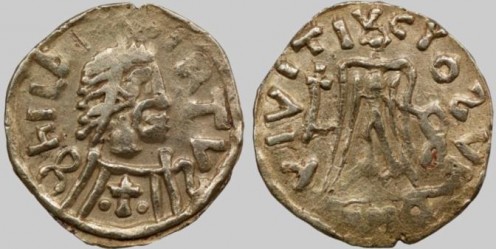
Also worth seeing
Troisvierges (distance: 3.6 kilometres); itsparish church of St. André has an interesting domed spire, and an ornate interior; the main body of the building dates from the 17th century, while the tower was built in 1924.
Cinqfontaines Jewish deportation memorial (distance: 7 kilometers); this sombre monument was erected in 1969, to commemorate hundreds of Jews who were deported by rail during World War Two from near this location.
Clervaux , Luxembourg (distance: 14.6 kilometres) has a fine castle, distinguished ecclesiastical architecture and memories from the Battle of the Bulge.
Luxembourg City (distance: 73 kilometres); the Gelle Fra monument (see above) is at the Place de la Constitution ; in sight of the Gelle Fra monument is the Pont Adolphe (Adolf Bridge) across the Pétrusse Valley. Close to the Gelle Fra monument are Luxembourg's Cathedral and the adjacent National Library , a former Jesuit college which dates from 1603; in the Cathedral's crypt lie the remains of Jean the Blind of Luxembourg, killed at the Battle of Crécy in 1346. The Grand Ducal Palace , which dates from the 16th century, is in Flemish Renaissance style: the monarch's residence and office since 1890.
Bastogne , Belgium (distance: 30.6 kilometres), is visited by many Americans on account of its Battle of the Bulge associations.
...
How to get there: The nearest large international airport (distance from Basbellain: 75 kilometres) is Luxembourg (Aéroport de Luxembourg ), at Findel, from where car rental is available. For North American travellers who make the London, England area their touring base, airlines flying to Luxembourg include Luxair (from London Heathrow Airport and London City Airport). Please check with the airline or your travel agent for up to date information. Please refer to appropriate consular sources for any special border crossing arrangements which may apply to citizens of certain nationalities.
MJFenn is an independent travel writer based in Ontario, Canada.
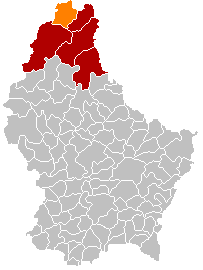
Also of interest
- Gregorian, Amelia Brightman - Join Me. - YouTube
Gregorian and Amelia Brightman - Masters Of Chant Chapter III - Join Me [Angel].
Another of my hubpages may also be of interest
- Visiting the Chapel of Saint-Quirin, Luxembourg City: ancient church building cleft in the rock
This remarkable Medieval chapel is striking not only for its origins many centuries in the past but also because of its location: cleft in rock in Luxembourg City's Pétrusse Valley. Some history and features This chapel is...
